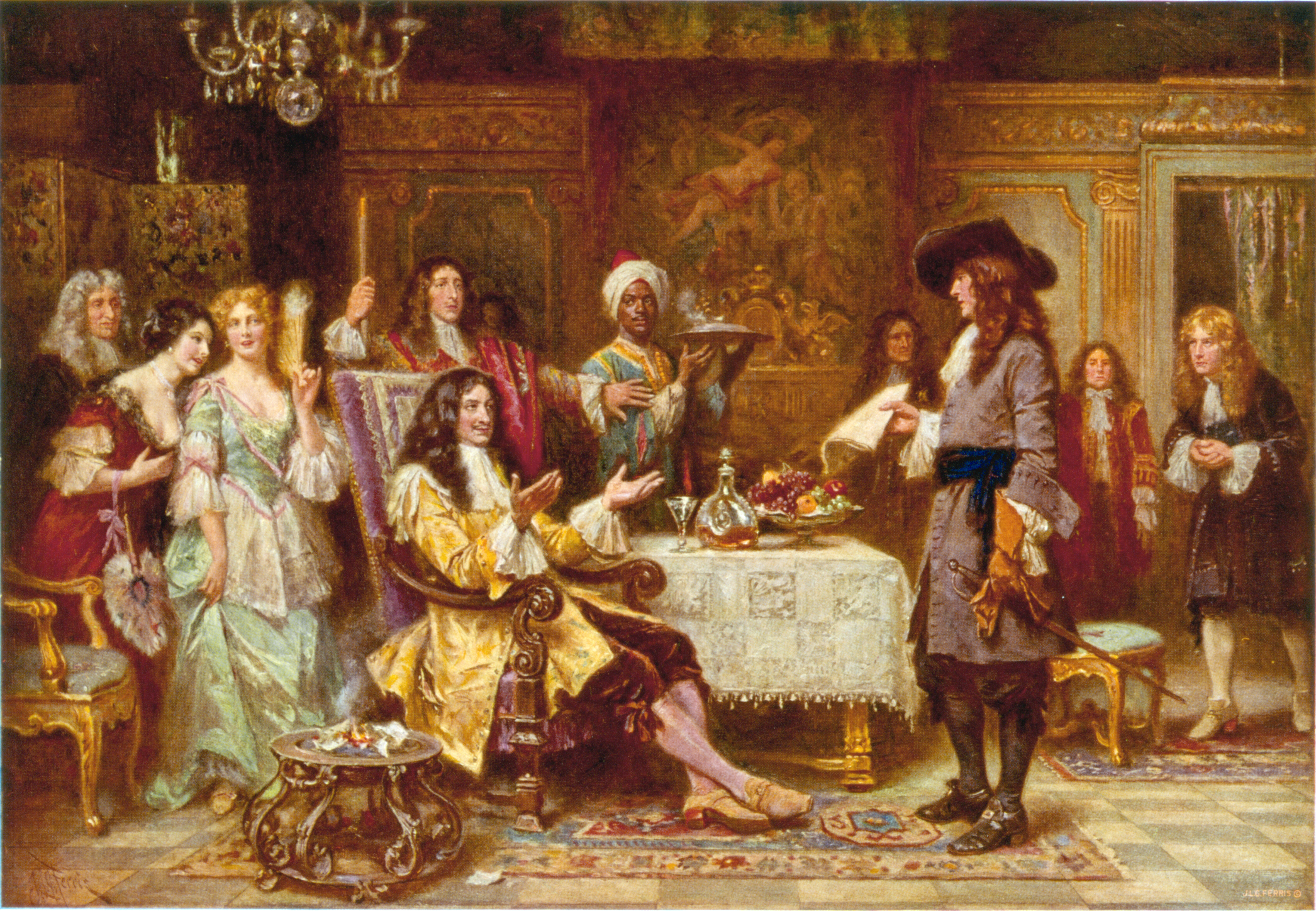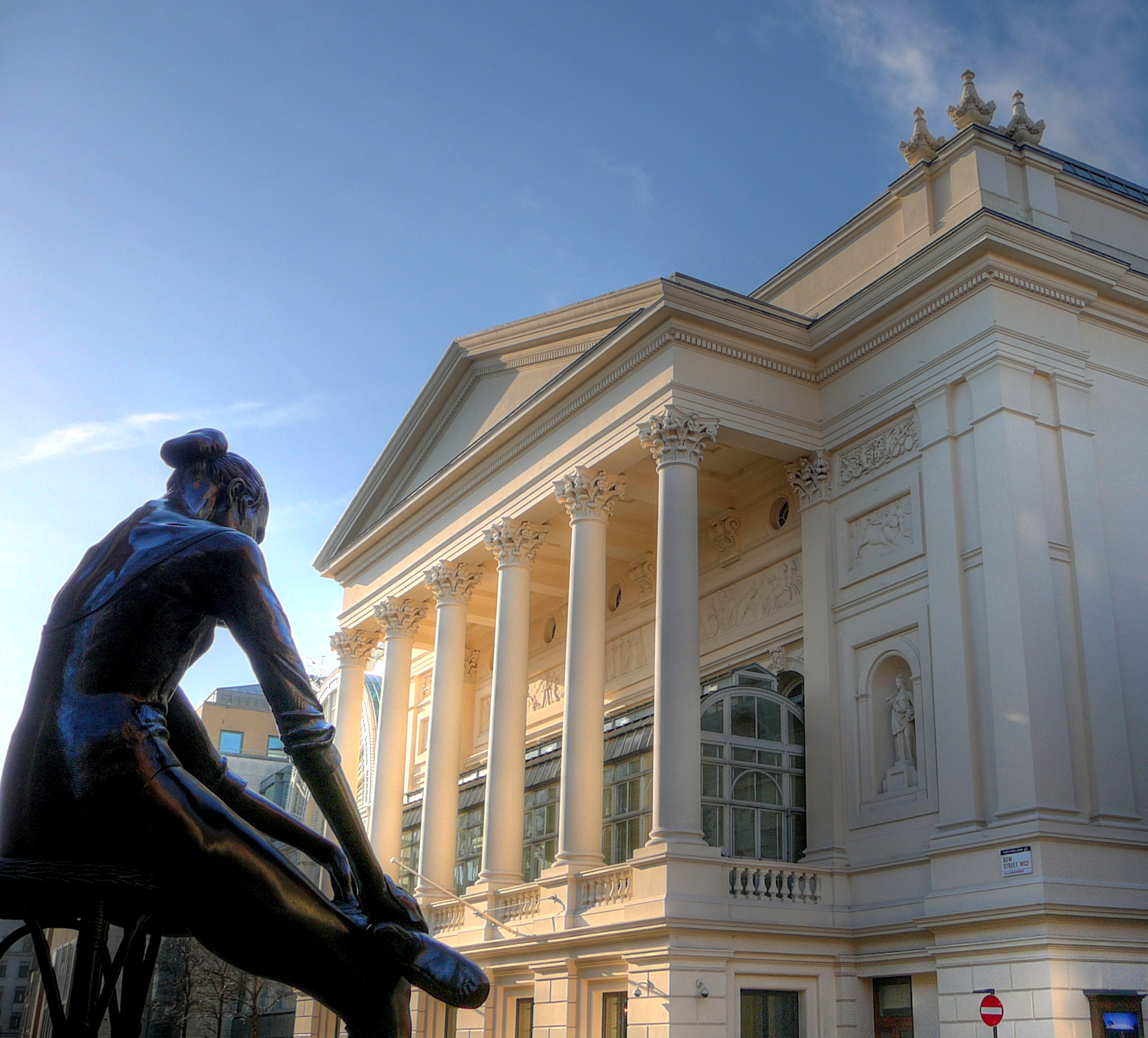|
Barnes Foundation
The Barnes Foundation is an art collection and educational institution promoting the appreciation of art and horticulture. Originally in Merion, the art collection moved in 2012 to a new building on Benjamin Franklin Parkway in Philadelphia, Pennsylvania. The arboretum of the Barnes Foundation remains in Merion, where it has been proposed that it be maintained under a long-term educational affiliation agreement with Saint Joseph's University. The Barnes was founded in 1922 by Albert C. Barnes, who made his fortune by co-developing Argyrol, an antiseptic silver compound that was used to combat gonorrhea and inflammations of the eye, ear, nose, and throat. He sold his business, the A.C. Barnes Company, just months before the stock market crash of 1929. Today, the foundation owns more than 4,000 objects, including over 900 paintings, estimated to be worth about $25 billion. These are primarily works by Impressionist, Post-Impressionist, and Modernist masters, but the colle ... [...More Info...] [...Related Items...] OR: [Wikipedia] [Google] [Baidu] |
Philadelphia
Philadelphia ( ), colloquially referred to as Philly, is the List of municipalities in Pennsylvania, most populous city in the U.S. state of Pennsylvania and the List of United States cities by population, sixth-most populous city in the United States, with a population of 1,603,797 in the 2020 United States census, 2020 census. The city is the urban core of the Philadelphia metropolitan area (sometimes called the Delaware Valley), the nation's Metropolitan statistical area, seventh-largest metropolitan area and ninth-largest combined statistical area with 6.245 million residents and 7.379 million residents, respectively. Philadelphia was founded in 1682 by William Penn, an English Americans, English Quakers, Quaker and advocate of Freedom of religion, religious freedom, and served as the capital of the Colonial history of the United States, colonial era Province of Pennsylvania. It then played a historic and vital role during the American Revolution and American Revolutionary ... [...More Info...] [...Related Items...] OR: [Wikipedia] [Google] [Baidu] |
Argyrol
Argyrol is the trade name for an antiseptic for mucous membranes which consists of compounded solutions of mild silver protein. Argyrol is synonymous with the chemical Mild Silver Protein (MSP) which is pharmaceutical grade for use in medicine and sterile processes. MSP is a molecule produced in the chemical industry in Europe, consisting of elemental silver conjugated along the helix of a denatured protein molecule derived from caseinate of strictly regulated certified livestock. Argyrol 10% is 20,000 ppm with particle sizing molecular range from <8 nm to average <14.3 nm. Argyrol is a local anti-infective most familiar for both ophthalmic and upper respiratory disinfection. Widely publicized for its value to resolve infections, it was known to prevent [...More Info...] [...Related Items...] OR: [Wikipedia] [Google] [Baidu] |
Fine Art
In European academic traditions, fine art (or, fine arts) is made primarily for aesthetics or creative expression, distinguishing it from popular art, decorative art or applied art, which also either serve some practical function (such as pottery or most metalwork) or is generally of limited artistic quality in order to appeal to the masses. In the aesthetic theories developed in the Italian Renaissance, the highest art was that which allowed the full expression and display of the artist's imagination, unrestricted by any of the practical considerations involved in, say, making and decorating a teapot. It was also considered important that making the artwork did not involve dividing the work between different individuals with specialized skills, as might be necessary with a piece of furniture, for example. Even within the fine arts, there was a hierarchy of genres based on the amount of creative imagination required, with history painting placed higher than still life. ... [...More Info...] [...Related Items...] OR: [Wikipedia] [Google] [Baidu] |
Paul Guillaume
Paul Guillaume (; 1891 in Paris – 1934 in Paris) was a French art dealer. Dealer of Chaïm Soutine and Amedeo Modigliani, he was one of the first to organize African art exhibitions. He also bought and sold many works from cutting-edge artists of the time, such as Henri Matisse, Constantin Brâncuși, Pablo Picasso, and Giorgio de Chirico. Life Being from modest origins, Paul Guillaume worked first in a garage in Montmartre and then in his gallery in Paris. In his gallery, he presented and sold especially the works of Amedeo Modigliani, who painted several portraits of him. He found African sculptures which he displayed. This aroused the attention of Guillaume Apollinaire (whom he met in 1911), who in turn introduced him to many of the artists of the beginning of the century in France. He soon organized important exhibitions, such as the ''Première Exposition d’Art Nègre et d’Art Océanien'', on 13–19 May 1919, with a catalogue by Henri Clouzot and additional text by ... [...More Info...] [...Related Items...] OR: [Wikipedia] [Google] [Baidu] |
Amedeo Modigliani
Amedeo Clemente Modigliani (; ; 12 July 1884 – 24 January 1920) was an Italian painter and sculptor of the École de Paris who worked mainly in France. He is known for portraits and nudes in a modern art, modern style characterized by a surreal elongation of faces, necks, and figures — works that were not received well during his lifetime, but later became much sought-after. Modigliani spent his youth in Italy, where he studied the art of Classical antiquity, antiquity and the Renaissance. In 1906, he moved to Paris, where he came into contact with such artists as Pablo Picasso and Constantin Brâncuși. By 1912, Modigliani was exhibiting highly stylized sculptures with Cubists of the Section d'Or group at the Salon d'Automne. Modigliani's oeuvre includes paintings and drawings. From 1909 to 1914, he devoted himself mainly to sculpture. His main subjects were portraits and full figures, both in the images and in the sculptures. Modigliani had little success while alive but a ... [...More Info...] [...Related Items...] OR: [Wikipedia] [Google] [Baidu] |
Pablo Picasso
Pablo Diego José Francisco de Paula Juan Nepomuceno María de los Remedios Cipriano de la Santísima Trinidad Ruiz y Picasso (25 October 1881 – 8 April 1973) was a Spanish painter, sculptor, printmaker, Ceramic art, ceramicist, and Scenic design, theatre designer who spent most of his adult life in France. One of the most influential artists of the 20th century, he is known for co-founding the Cubist movement, the invention of Assemblage (art), constructed sculpture, the co-invention of collage, and for the wide variety of styles that he helped develop and explore. Among his most famous works are the Proto-Cubism, proto-Cubist ''Les Demoiselles d'Avignon'' (1907) and the anti-war painting ''Guernica (Picasso), Guernica'' (1937), a dramatic portrayal of the bombing of Guernica by German and Italian air forces during the Spanish Civil War. Beginning his formal training under his father José Ruiz y Blasco aged seven, Picasso demonstrated extraordinary artistic talent from a ... [...More Info...] [...Related Items...] OR: [Wikipedia] [Google] [Baidu] |
Henri Matisse
Henri Émile Benoît Matisse (; 31 December 1869 – 3 November 1954) was a French visual arts, visual artist, known for both his use of colour and his fluid and original draughtsmanship. He was a drawing, draughtsman, printmaking, printmaker, and sculpture, sculptor, but is known primarily as a painter. Matisse is commonly regarded, along with Pablo Picasso, as one of the artists who best helped to define the revolutionary developments in the visual arts throughout the opening decades of the twentieth century, responsible for significant developments in painting and sculpture. The intense colourism of the works he painted between 1900 and 1905 brought him notoriety as one of the Fauvism, Fauves (French language, French for "wild beasts"). Many of his finest works were created in the decade or so after 1906, when he developed a rigorous style that emphasized flattened forms and decorative pattern. In 1917, he relocated to a suburb of Nice on the French Riviera, and the more re ... [...More Info...] [...Related Items...] OR: [Wikipedia] [Google] [Baidu] |
Leo Stein
Leo Stein (May 11, 1872 – July 29, 1947) was an American art collector and critic. He was born in Allegheny City (now in Pittsburgh), the older brother of Gertrude Stein. He became an influential promoter of 20th-century paintings. Education and career Beginning in 1892, he studied at Harvard University in Cambridge, Massachusetts, for two years. The following year, he traveled the world with his cousin, Fred. In 1897, he transferred to Johns Hopkins University in Baltimore, Maryland, where he graduated with a Bachelor of Arts degree in 1898. Stein spent a number of years living in Paris with his sister. In 1914, the two separated due to Leo's resentment of Gertrude's infatuation with Alice B. Toklas, whom he described as "a kind of abnormal vampire." Stein returned to America to work as a journalist but eventually settled near Florence, Italy, with his long-time love interest, Nina Auzias. They eventually married in 1921. Stein died of cancer in 1947 in Florence ... [...More Info...] [...Related Items...] OR: [Wikipedia] [Google] [Baidu] |
Paris
Paris () is the Capital city, capital and List of communes in France with over 20,000 inhabitants, largest city of France. With an estimated population of 2,048,472 residents in January 2025 in an area of more than , Paris is the List of cities in the European Union by population within city limits, fourth-most populous city in the European Union and the List of cities proper by population density, 30th most densely populated city in the world in 2022. Since the 17th century, Paris has been one of the world's major centres of finance, diplomacy, commerce, culture, Fashion capital, fashion, and gastronomy. Because of its leading role in the French art, arts and Science and technology in France, sciences and its early adoption of extensive street lighting, Paris became known as the City of Light in the 19th century. The City of Paris is the centre of the Île-de-France region, or Paris Region, with an official estimated population of 12,271,794 inhabitants in January 2023, or ... [...More Info...] [...Related Items...] OR: [Wikipedia] [Google] [Baidu] |
Central High School (Philadelphia)
Central High School is a public high school in the Logan, Philadelphia, Pennsylvania, Logan"." Philadelphia City Planning Commission. May 2002. 1 (document page 3). Retrieved on August 2, 2011. "The neighborhood is generally defined as including the area from Wingohocking Street north to Olney Avenue and from Broad Street east to the railroad right-of-way east of Marshall Street. Logan extends west to 16th Street north of Lindley Avenue, where Wakefield Park forms the boundary." section of Philadelphia, Pennsylvania. Founded in 1836, it is a four-year university preparatory magnet school. About 2,400 students attend grades 9 through 12. Central High School is the only high school in the United States with authority, granted by an 1849 Act of Assembly of the Pennsylvania General Assembly, to confer academic degrees upon its graduates. This authority to grant academic degrees led Central to refer to the principal of the school as the “President” of Central High School. The cur ... [...More Info...] [...Related Items...] OR: [Wikipedia] [Google] [Baidu] |
William Glackens
William James Glackens (March 13, 1870 – May 22, 1938) was an American realist painter and one of the founders of the Ashcan School, which rejected the formal boundaries of artistic beauty laid down by the conservative National Academy of Design. He is also known for his work in helping Albert C. Barnes to acquire the European paintings that form the nucleus of the famed Barnes Foundation in Philadelphia. His dark-hued, vibrantly painted street scenes and depictions of daily life in pre-WW I New York and Paris first established his reputation as a major artist. His later work was brighter in tone and showed the strong influence of Renoir. During much of his career as a painter, Glackens also worked as an illustrator for newspapers and magazines in Philadelphia and New York City. Early life Glackens was born in Philadelphia, Pennsylvania, where his family had lived for many years. William had two siblings: an older sister, Ada, and an older brother, cartoonist and illustra ... [...More Info...] [...Related Items...] OR: [Wikipedia] [Google] [Baidu] |








